Fibonacci: Numbers, Ratios, Spirals
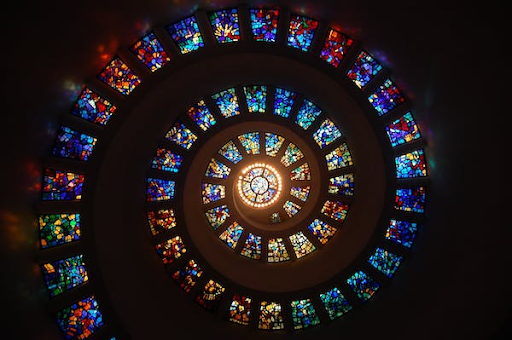
Nautilus shell in the Chapel of Thanks-Giving, Dallas, Texas (Photo Source: PEXELS)
October 27, 2022
Spirals exist in all things. Whether in sea shells or the shapes of galaxies, a constant pattern reveals itself: the Fibonacci sequence is a series of numbers in which each number is the sum of the two preceding ones. Somehow, this golden ratio can be seen in almost all that exists, not just on Earth, but in the ever-expanding universe.
For most people, “beauty” does not come to mind when thinking of algorithms and math. However, the Fibonacci sequence, a mathematical explanation to growth, process, and symmetry that describes the patterns of life, is nothing short of beautiful.
Humans are wired to inherently identify symmetry and patterns. Objects with less symmetry often seem less appealing or unattractive, whereas greater symmetry draws us in. The human eye looks for balance; we are more attracted to harmonious visuals, perfect proportions, and pleasing patterns.
We see these spirals in art, music, architecture, and man made objects. However, the sequence occurs naturally as well; in plants, ocean waves, human and animal anatomy, shells, hurricanes, galaxies, and within our DNA.
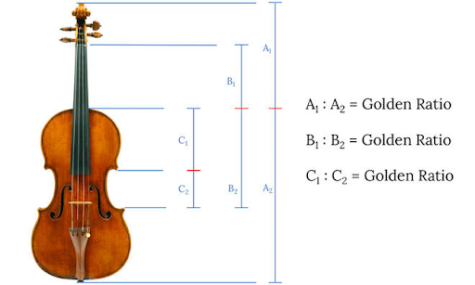
Mozart, for example, based many of his piano sonatas on the Golden Ratio. Traditionally, a sonata has two parts, the exposition and the development and recapitulation. He arranged his piano sonatas so that the number of bars in the development and recapitulation divided by the bars in the exposition would equal approximately 1.618, the Golden Ratio. According to classicfm.com, experts say that Mozart was not the only one to do this. Composers including Beethoven, Bartok, Shubert, Boch, and Satie also used this technique when writing sonatas, still no one really knows why it works so well.
The Stradivarius violin, one of the most beautiful violins in existence, costs upwards of a few million dollars. Its value, some say, is partly attributed to the Fibonnaci sequence and the Golden Ratio. The ratio can be found throughout the violin by dividing lengths of specific parts of the violin. Some people believe this is one of the reasons it sounds so great in comparison to other violins. Antonio Stradivari, the original maker of these violins, designed them to fit the ratio as much as possible.
We see the Fibonacci sequence throughout nature as well. Pinecones, displaying a double set of spirals in opposite directions, are similar to the spirals in a sunflower head, pineapples, and cacti. When added together, the two sets of spirals result in adjacent Fibonacci numbers.
Even credit cards are based on the golden ratio. All credit cards around the world have the same size, and an approximate ratio of 1:1.6.
But why is this number so widespread? Pythagorus, an ancient mathematician, suggested that the golden ratio represents an ideal balance from the human perspective. Still, is it just a coincidence that Fibonacci spirals can be found in the majority of our natural world? Let’s take a look at some spirals.
Gallery
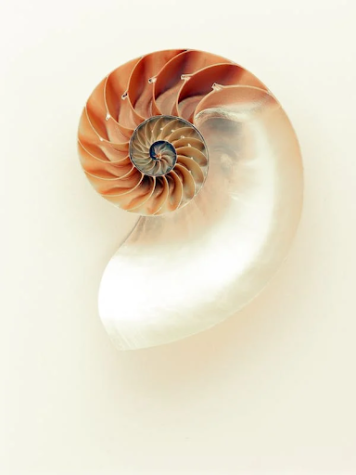
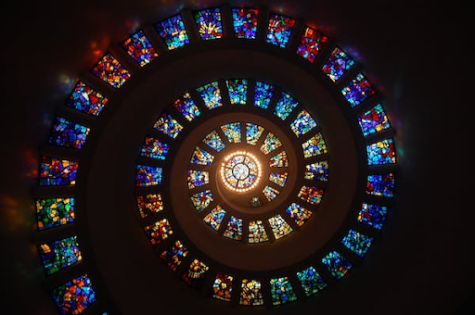
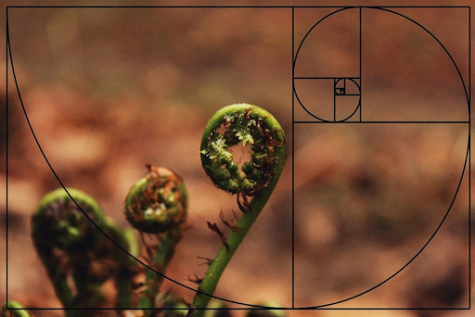
(Photo Source: Wikimedia Commons)
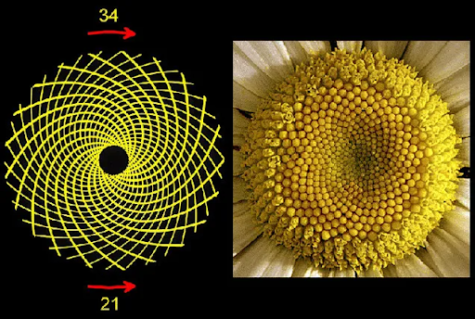
(Photo Source: Mathnasium.com)
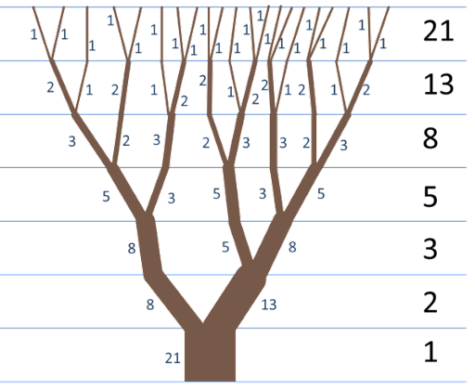
(Photo Source: Botanica Mathematica)
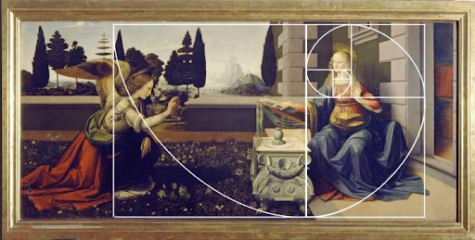
(Photo Source: Uffizi Gallery, golden ratio applied by Art & Object)
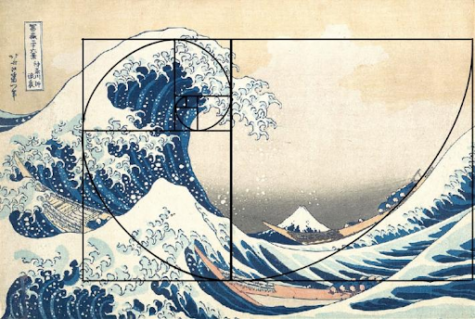
(Photo Source: The Metropolitan Museum, golden ratio applied by Art & Object)
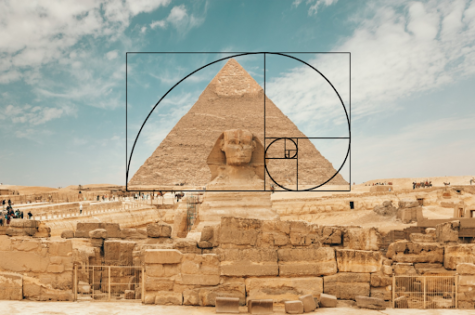
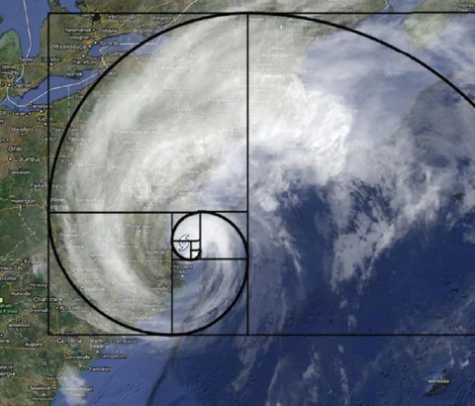
(Photo Source: Xah Lee)
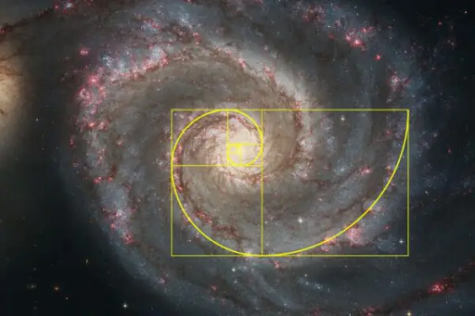
(Photo Source: Science ABC)
The Fibonacci Spiral in Humans
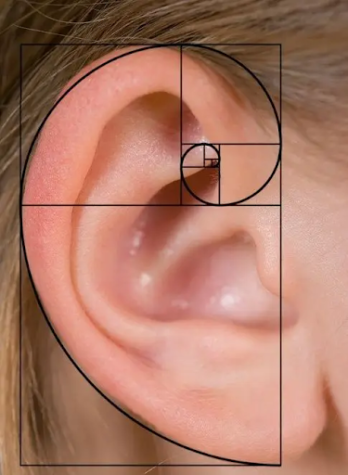
(Photo Source: Pinterest)
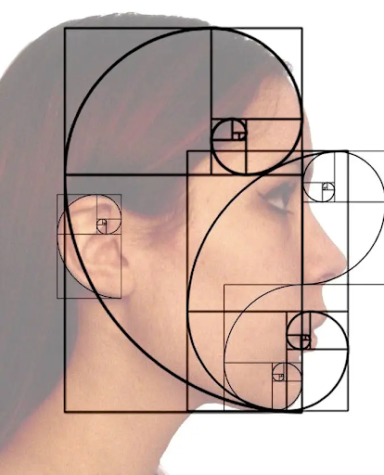
(Photo Source: Glow Blogs)
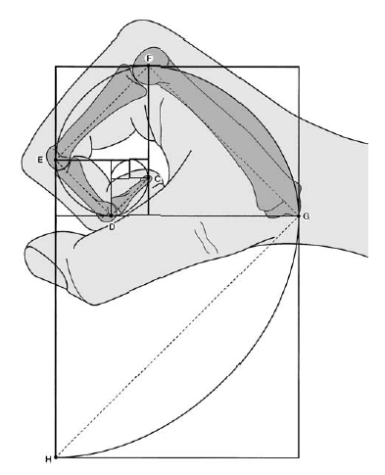
(Photo Source: The Golden Ratio)
The conclusion? Spirals and patterns are everywhere. From nature to art to human beings, essentially everything in existence follows some kind of pattern. While it may be a coincidence, we can learn from these relationships and constants in our ever changing world. Patterns are universal. Even though we are all different, these numbers and patterns bring us together. This interconnectedness and simultaneous existence describes something both unique and similar about everything. So, next time you’re outside, or with others, or sitting all alone, find the pattern.











Aurora Ferrera • Oct 31, 2022 at 3:58 pm
This was a really cool read. I love finding pieces of media that truly highlight the beauty of algorithm. The golden ratio and Fibonacci sequence have always been intriguing to me, also I had no idea that some composers used this concept in their music, it’s amazing!
Aurora Ferrera • Oct 31, 2022 at 3:34 pm
This was a really cool read. I love finding pieces of media that truly highlight the beauty of algorithm. The golden ratio and Fibonacci sequence have always been intriguing to me, also I had no idea that some composers used this concept in their music, it’s amazing!
Yanni Kakouris • Oct 30, 2022 at 4:19 pm
This article perfectly describes the beauty of the golden ratio and the countless appearances it makes in nature. I have always been fascinated by the Fibonacci sequence and the golden ratio, especially how it appears seemingly out of nowhere. Even in man-made objects and buildings, such as the violin or pyramid you showed in the article, it seems instinctual for us to incorporate the ratio and Golden Spiral (or at least close approximations). As you said, we are “wired to identify symmetry and patterns,” an instinct that manifests in our architecture. The Golden Ratio is “golden” for a reason; it represents the perfect balance, and I agree that its presence everywhere in nature does not seem to be a coincidence.